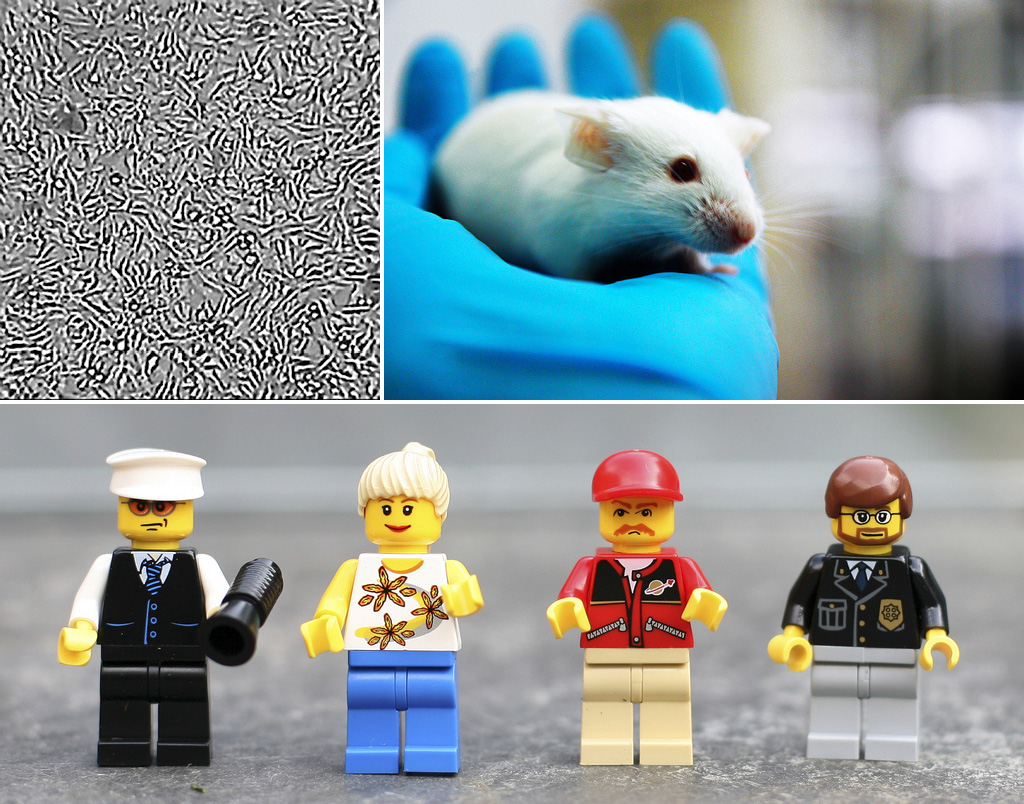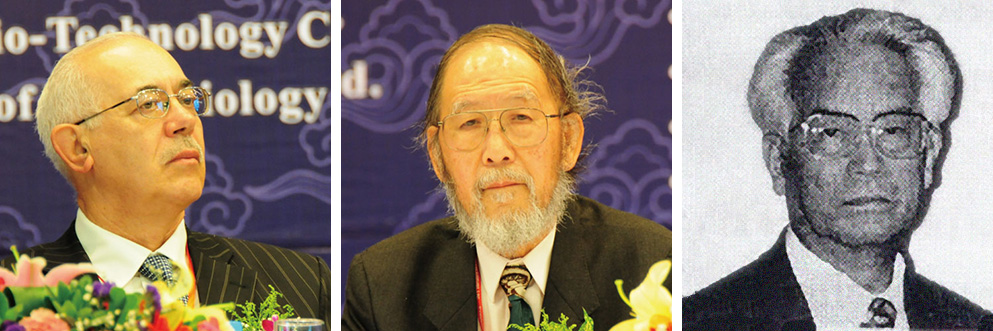History of Medicinal Mushroom Research
Medicinal Mushroom Research:
The Origins, Growth, and Expansion
The scientific interest in the health benefits of medicinal mushrooms followed their millennial use in traditional medicine. Modern scientific research on medicinal mushrooms started in the 1950s, following a systematic gathering of experiences and knowledge of their traditional use. Early research primarily focused on using medicinal mushrooms for cancer; antiviral research increased dramatically in the 1980s, since the onset of the AIDS epidemic in 1981.
Naturally, following the much stronger traditions of using mushrooms in traditional medicine in the Far East, we might expect that scientific research originated there. However, it started roughly simultaneously in the Far East (primarily Japan and China) and the USA. International collaborations resulted in some of the most important early research.
Historically and currently, most research contributions in this field originate from the Far East, mainly from Japan and China. However, scientists all around the world are now increasingly contributing.
The research progressed from early in vitro studies (on human and animal cell cultures) to in vivo (on test animals) and finally to clinical trials. It found many active ingredients of medicinal mushrooms and analyzed their chemical composition and pharmacological activity.

As of 2013, medicinal mushroom researchers have published 50,000+ papers and 400 clinical studies. More than 850 mushroom species have definite healing activity.
The Multidisciplinary Nature of Medicinal Mushroom Research
Research on medicinal mushrooms spans multiple disciplines and is increasingly becoming multidisciplinary, with works published in international journals covering various fields such as medicine (oncology, immunology, virology, etc.), pharmacology, biology, and biotechnology.
The research seems to have grown exponentially. Medical and life sciences databases (Medline, PubMed, Google Scholar, etc.) now store and index research data from more than 50,000 research papers and 400 clinical studies, and more than 15,000 patents.
The International Journal of Medicinal Mushrooms (Begell House, New York), founded in 1999 by professors Solomon Wasser, Shu-Ting Chang, and Takashi Mizuno, is a highly respected publication providing a platform for the latest and most groundbreaking research.

To get an idea of the immensity of scope and interest in medicinal mushrooms, try googling the term ‘medicinal mushrooms‘ or the name of an important species, like Ganoderma lucidum (reishi), Lentinus edodes (shiitake), Grifola frondosa (maitake). You’ll get millions of results.
Major Centers of Medicinal Mushroom Research
The major centers of research have been the National Cancer Center in Tokyo, leading Japanese universities, the Chinese Academy of Science, the China Academy of Traditional Chinese Medicine, leading Chinese universities in the People’s Republic of China, Hong Kong, and Taiwan, the National Cancer Institute in the USA, leading American universities, and many others.
The field of medicinal mushrooms is so vast that it’s safe to say research is still in its infancy. We know that more than 850 species have definite medical value, but we’ve only ever tested just a tiny fraction. Even the number of fungal species remains unknown; the estimate is ~3.5-5.1 million species (O’Brien et al., 2005), with the majority still awaiting discovery. At the current pace of research into the medicinal properties of these healing mushrooms, it may take up to 4,000 years to gain a complete understanding, according to S.P. Wasser (2013).
